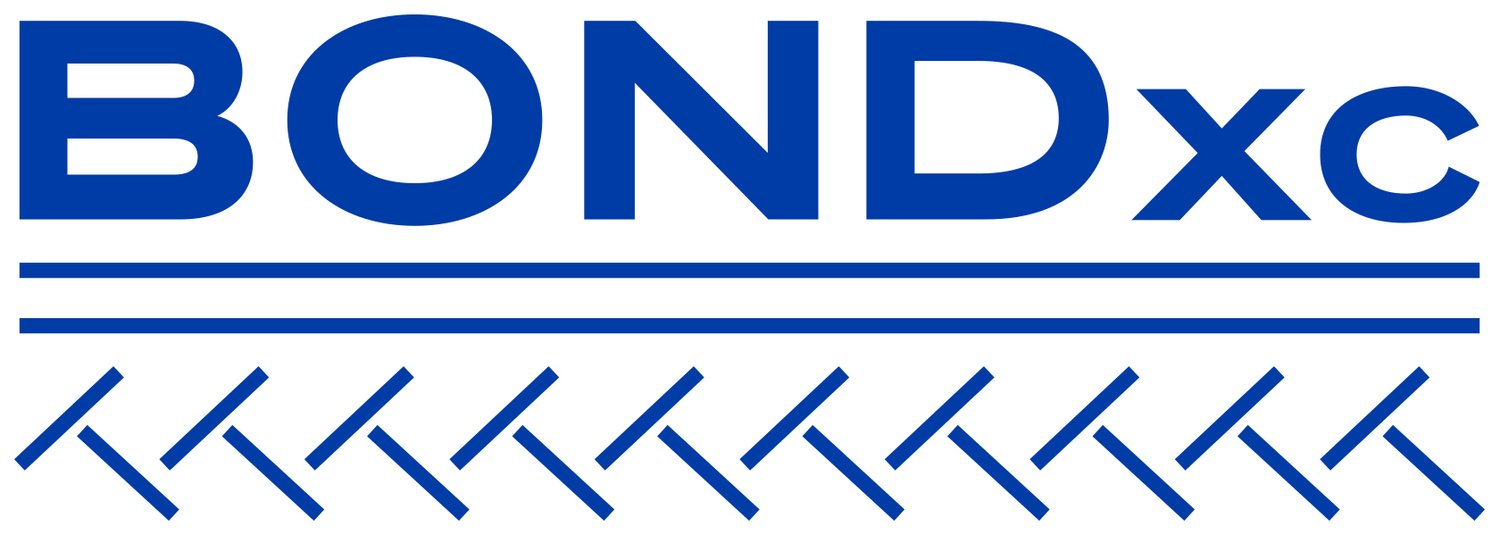Deficit and Debt: What does the world economy have in common with exercise physiology?
Jenn Jakobi (PhD) and Gareth Jones (PhD, CEP) Human Kinetics, UBCO
The answer is simple....deficit and debt. These terms are used to describe fiscal irresponsibility as well as physiological changes that occur within our body at the onset and completion of exercise. The body experiences an oxygen deficit at the onset of exercise until it reaches an exercise steady-state (competition pace). This deficit must be repaid post-exercise as oxygen debt. Therefore, the more time the body spends reaching an exercise steady state (oxygen deficit), the more it has to pay for the ‘loss’ post-exercise (oxygen debt). Younger athletes are able to minimize their oxygen deficit by reaching their steady state more rapidly, thus they spend less time in an oxygen deficit (the beginning of exercise) and have lower, post-race, oxygen debt allowing them to recover more quickly. However, the older Master athlete is at a disadvantage as this process of meeting oxygen demand and replenishing post-exercise energy stores is not as efficient as is in the young. Generally, the physiology of an older athlete is not able to adapt from one energy system to another (i.e. anaerobic to aerobic) as quickly as younger athletes. Therefore, the master athlete will take longer to reach an exercise steady state and thus will experience a greater oxygen deficit and subsequent oxygen debt which could have a negative impact upon the current race and subsequent races. Very similar to economics; the more money you owe (deficit) the longer it takes to recover (debt). This is also important to place in the context of the Masters World Cup as all races involve a mass start. This means competitors will be motivated to go a little harder off the start as they try to keep-up with faster skiers, in this case they will be ‘spending’ more in the beginning (deficit) and the payback (oxygen debt) will be higher.
So how can we reduce our deficit (onset) and debt (recovery) of oxygen? First of all, reduce the time spent in oxygen deficit at the onset of the competition by reaching steady state sooner. This is done by doing a good warm- up, one that mimics race pace but does not induce fatigue. Your warm-up should be done right-up until the start of the race. Keep the heart rate elevated. Once the gun goes off your body will be able to adapt to your race pace more quickly, but remember that with each increase beyond the steady-state (i.e. climbing a hill or chasing down a competitor) you will again experience some additional oxygen deficit. Oxygen deficit is not ‘reserved’ just for the beginning of the race, it also occurs during sprints and heavy intensive efforts during the race.
As every experienced competitor knows, during a cross-country ski race it is difficult to maintain a steady-state given the undulating terrain, changing snow conditions and ski wax selection (i.e. glide, grip). So regardless, there will be significant post-race oxygen debt and the faster you can recover after a race the better subsequent races will be. This means after the race don’t stop for too long. Cross the finish line, enjoy the moment (briefly) then head back-out on the trails to help replenish your oxygen debt. Like the warm-up, the cool-down is very important and for the best results should be performed at a moderate intensity (50-60% of VO2max) over 30-40 minutes to allow your body to re-adjust and re-pay the ‘debt’. Sorry folks, despite racing 45 km, you still need to ski another 5-6km as part of your cool-down and you will need to keep skiing at a moderate pace. This is the most efficient means to recover and ready yourself for the next race. In summary, warm-up well, don’t ski beyond your capacity too early in the race, and take a substantial cool-down.
Remember, master athletes are experienced athletes so race smart. Good luck, Bonne Chance.
Jenn and Gareth are active members of Sovereign Lake Nordic club. You can catch Gareth in action in the 40-44 age categoy and you will be sure to hear Jenn, their son Jakob and daughter Katie cheering Daddy on! Go Gareth Go!

